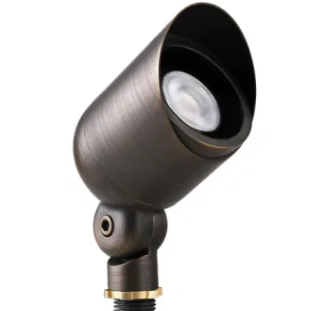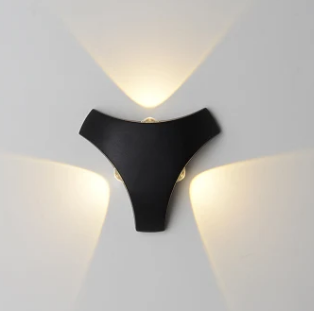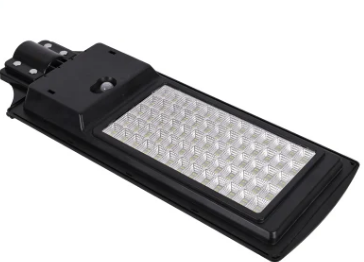Low Voltage Best Back Yard Garden Lighting Outdoor Brass Landscape Lighting
Choosing low-voltage outdoor brass landscape lighting for your backyard garden is a fantastic way to enhance the aesthetic appeal and safety of your outdoor space. Low-voltage lighting not only provides soft and warm illumination but also offers energy efficiency and easier installation compared to ......
Send Inquiry
Product Description
Choosing low-voltage outdoor brass landscape lighting for your backyard garden is a fantastic way to enhance the aesthetic appeal and safety of your outdoor space. Low-voltage lighting not only provides soft and warm illumination but also offers energy efficiency and easier installation compared to traditional high-voltage lighting systems. Brass fixtures are a popular choice for outdoor lighting due to their durability and classic appearance. Here's how to select and set up the best brass landscape lighting for your backyard garden:
Fixture Selection:Choose a variety of brass fixtures that suit the different aspects of your garden. Some common types of fixtures include:
Path Lights: These ground-level fixtures illuminate pathways and walkways, adding both safety and charm to your garden.
Spotlights: Use spotlights to highlight specific garden features like trees, sculptures, or architectural elements.
Well Lights: These fixtures are installed flush with the ground and are perfect for uplighting larger plants or façades.
Deck/Step Lights: These small fixtures are great for illuminating deck steps, creating a visually appealing and safe outdoor space.
Bollard Lights: Bollard lights are taller fixtures that can mark boundaries and add a decorative element to your garden.
2. Light Placement:Strategically place your fixtures to achieve the desired lighting effect. Consider factors such as the location of plants, pathways, seating areas, and architectural features. Aim for a balanced distribution of light to create a harmonious ambiance.
3. Wiring and Transformer:Low-voltage landscape lighting systems require a transformer to step down the standard household voltage to a safer 12V or 24V. Plan the layout of your lighting and ensure that the wiring is hidden or buried to prevent tripping hazards.
4. Voltage Drop and Wiring Layout:Keep in mind that low-voltage systems can experience voltage drop over longer cable runs. Use thicker cable (lower gauge) for longer runs to minimize voltage drop and maintain consistent brightness across all fixtures.
5. Bulb Selection:Choose LED bulbs for your landscape lighting. They are energy-efficient, have a long lifespan, and emit a warm and inviting light. LEDs also come in various color temperatures to create the desired ambiance.
6. Timer and Controls:Consider using a timer or smart lighting control system to automate your landscape lighting. Timers can turn the lights on and off at specific times, while smart controls allow you to adjust the lighting remotely and create dynamic lighting scenes.
7. Maintenance:Brass fixtures develop a natural patina over time. If you prefer the original finish, choose fixtures with a clear protective coating or be prepared to clean and maintain them periodically.
8. Professional Installation:If you're not confident in setting up the lighting system yourself, it's advisable to hire a professional electrician or landscape lighting specialist. They can ensure proper installation and help you achieve the desired lighting effects.
By combining low-voltage technology with durable and elegant brass fixtures, you can create a beautiful and inviting outdoor space that can be enjoyed both during the day and after the sun goes down.









